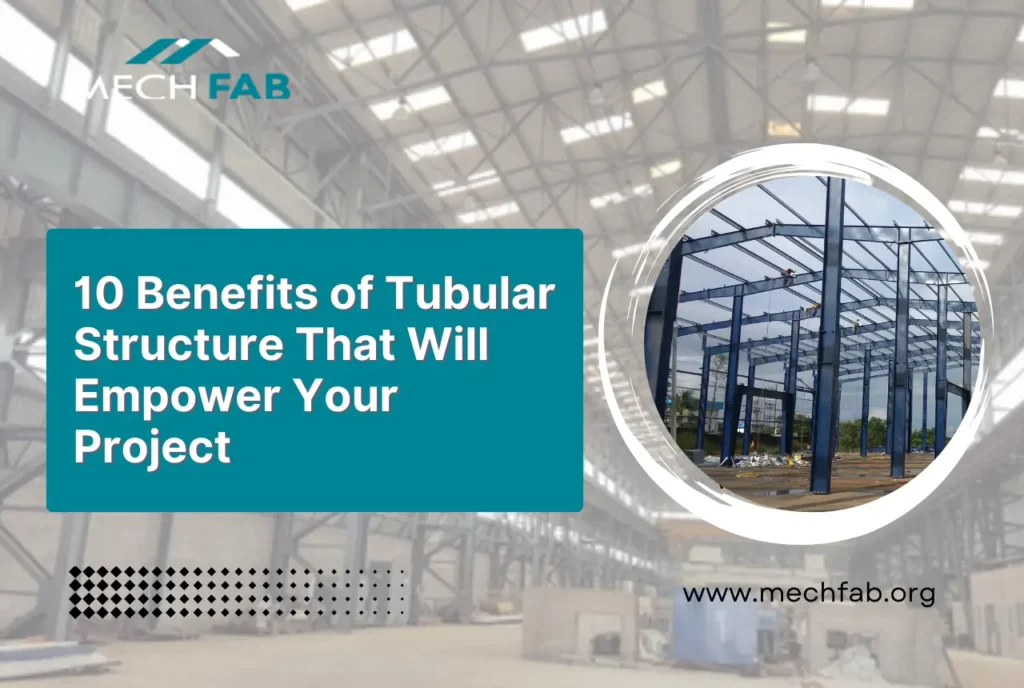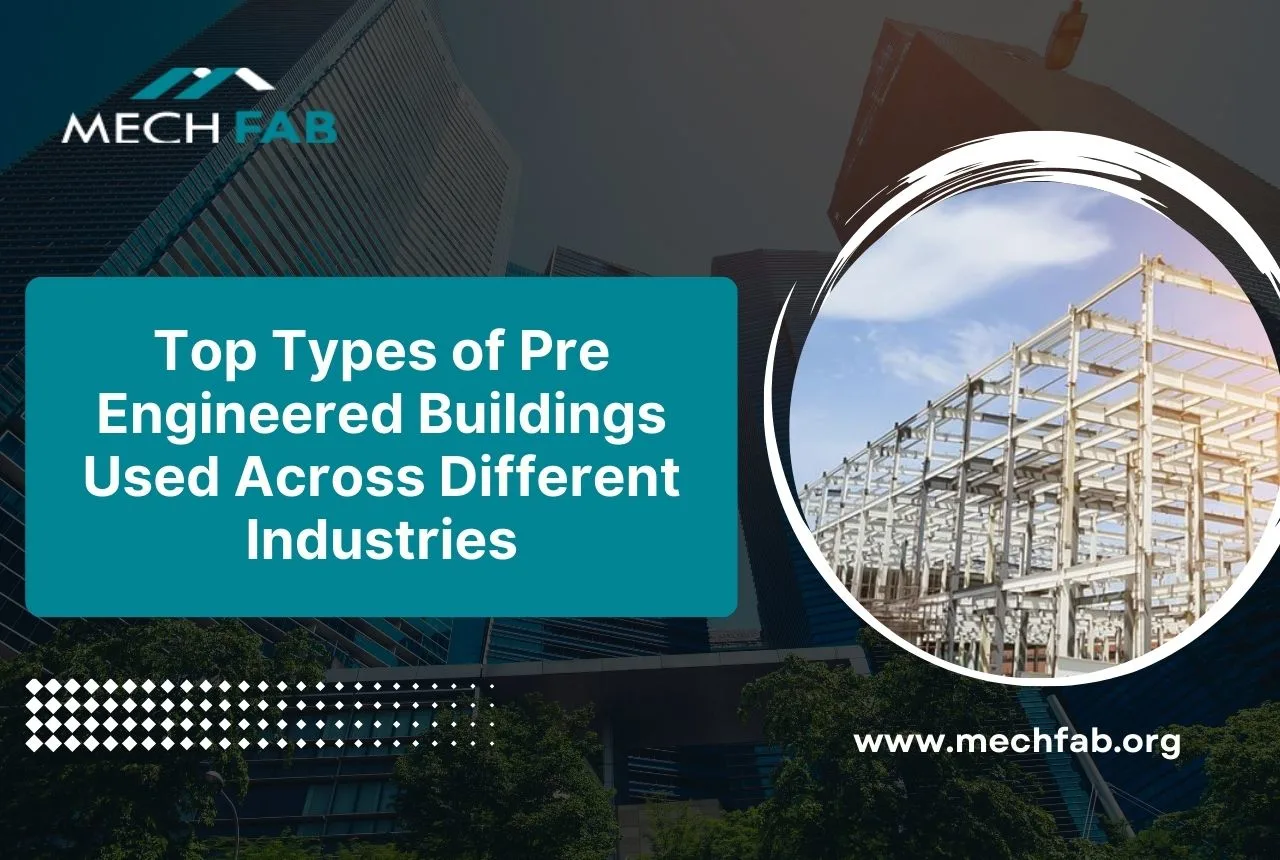Tubular steel buildings are the epitome of dependability and flexibility, and they make great homes for the dreams we work so hard to achieve. Just like the curved strength of steel, these structures give us a framework that not only protects our homes but also shows how long-lasting our goals are. Tag along as we walk you through the benefits of tubular structures.
Because curved steel is naturally strong and flexible, it’s a great metaphor for the path we’re on to reach our goals—adaptable, steady, and able to handle any task. When these buildings become homes, they become more than just structures; they become symbols of our drive to reach for the stars.
What are Tubular Structures in PEB?
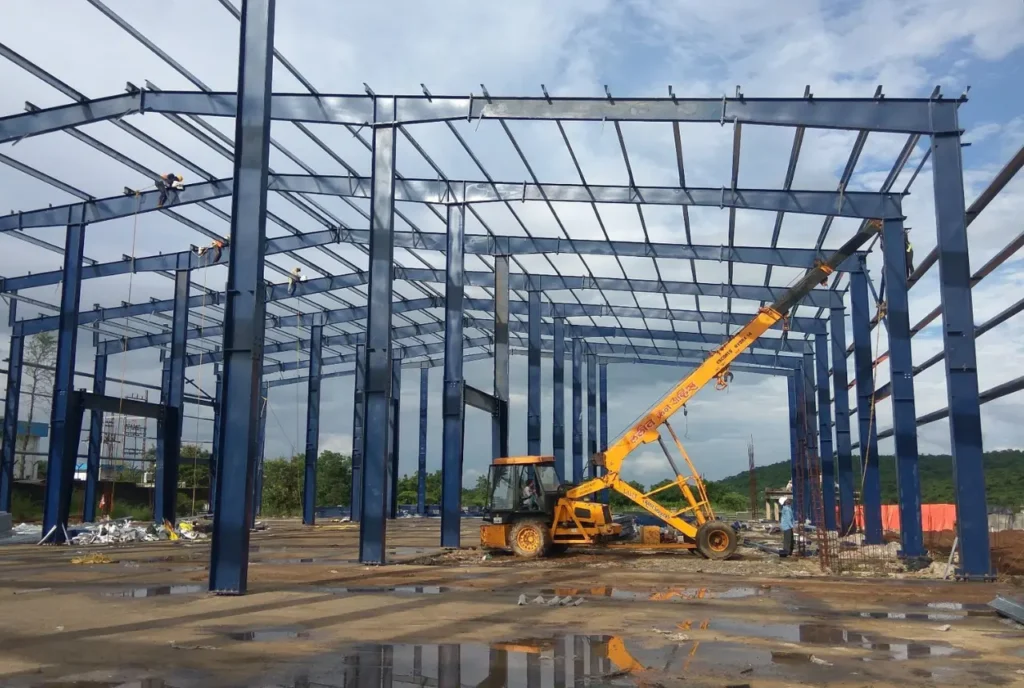
Pre-engineered buildings, or PEBs, depend on tubular structures for their main construction. These buildings, which are made of hollow steel tubes, have many advantages that help PEB construction work better and be more successful.
To begin, tubular shapes make buildings go faster. Prefabrication in workshops speeds up assembly on-site, which cuts project timelines by a large amount compared to traditional methods. This saves money and keeps things running smoothly at the building site. Cost-effectiveness and safety are also helped by the fact that skilled workers are not needed as much on the spot.
In addition to saving time and money, tubular buildings are very strong, last a long time, and allow for a lot of design options. Because steel is strong for its weight, these buildings can hold a lot of weight while still being light. Also, steel is naturally resistant to bad weather and corrosion, which means it doesn’t need as much upkeep. Also, because the tubular design is naturally adaptable, it can be changed to fit different needs, such as big spans, multiple floors, and unique architectural features.
10 Benefits of Tubular Structures
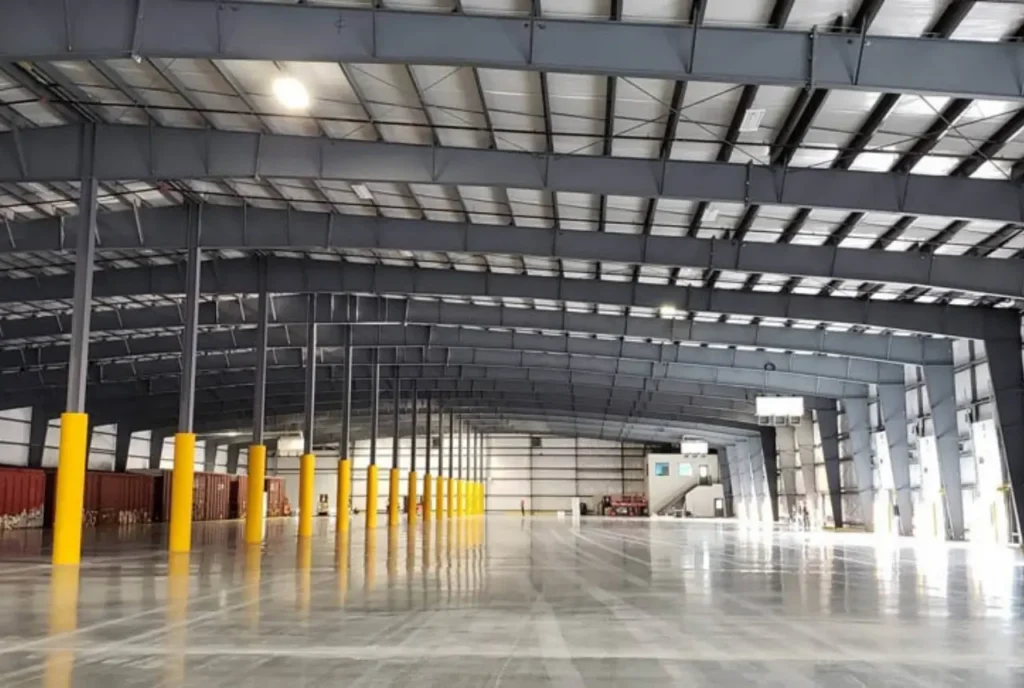
Faster Construction
Tubular structures can be built ahead of time in a controlled environment, which cuts down on construction time by a large amount compared to traditional ways. This is because the tubes are cut, welded, and put together in a workplace before they are brought to the building site to be put together for good.
Less Skilled Labor Needed On-Site
Since most of the manufacturing work is done off-site, there is less need for skilled labor on-site. This saves money and makes it less likely that something bad will happen on the job site.
Cost-Effective
Tubular structures can be less expensive than traditional building methods because they can be put together faster and with less work.
Design Freedom
There is a lot of design flexibility with tubular structures. They are easy to change to fit the needs of a project, such as adding clear spans, multiple stories, or different building features.
High Strength-to-Weight Ratio
Because tubular structures are strong for their size, they can hold heavy loads without being too big or heavy. Because of this, they are perfect for big buildings and other constructions that need to be very strong.
Durable and Easy to Maintain
Steel, which is used to make tubular buildings, is a very durable material that can stand up to bad weather and corrosion. In addition, they don’t need much upkeep, which makes them a cost-effective choice in the long run.
Sustainability
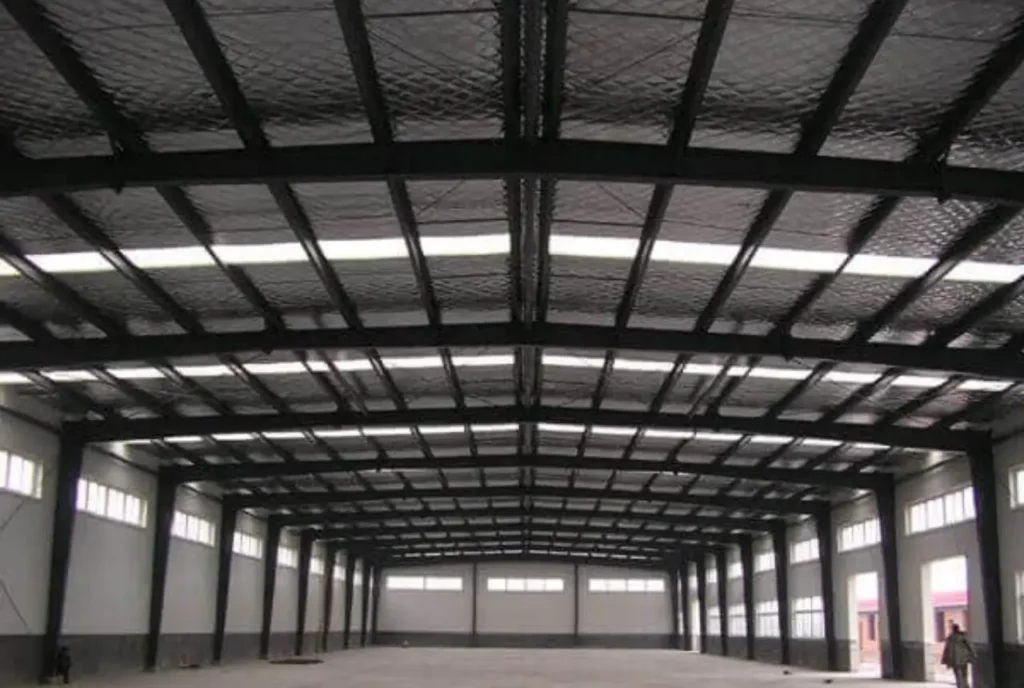
Recycled steel can be used to make tubular buildings, and they are easy to take apart and put back together again when they’re done. Because of this, they are a more environmentally friendly way to build than standard methods.
Resistance to Earthquakes
Tubular buildings are known for having great resistance to earthquakes. Because the steel frame can receive and release energy from earthquakes, they are a good choice for places where earthquakes happen often.
Natural Lighting
Skylights or clerestory windows can be built into tubular buildings to let in natural light and cut down on the need for artificial lighting. In addition to making the building more comfortable, this can also help it use less energy.
In terms of looks, tubular shapes can have a clean, modern look. Different types of architecture can be made with uncovered steel, which can be left unfinished or painted.
Tubular vs. Solid Beams: Key Differences
Tubular Beams
- Tubular beams are lighter than solid beams as they are hollow inside.
- They can be applied for versatile building designs as they can be twisted very well.
- Tubular beams provide more agility and strength for calamities like earthquakes as compared to solid beams.
- Tubular beams are also cheaper than solid beams making them cost effective.
Takeaway
Pre-engineered building industry is an evolving industry and tubular structures are helping it expand exponentially. They are the cornerstone of PEBs, offering a strong, versatile, and cost-effective building solution. Their prefabricated nature facilitates faster construction, while their inherent properties ensure durability and design flexibility, making them a popular choice for various construction projects.

